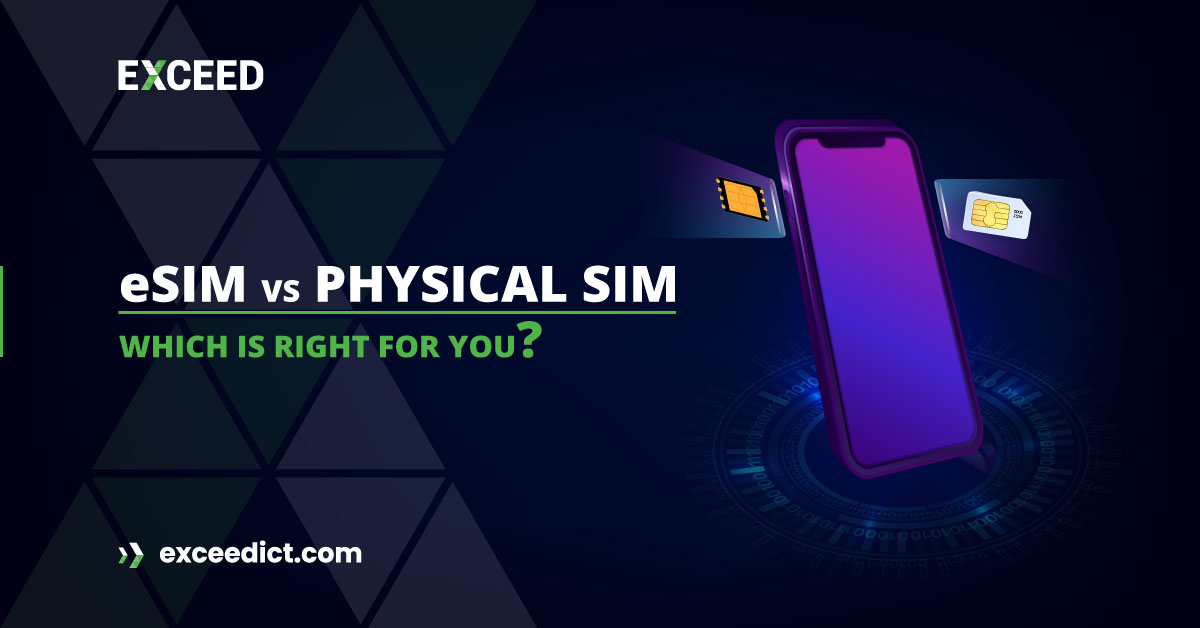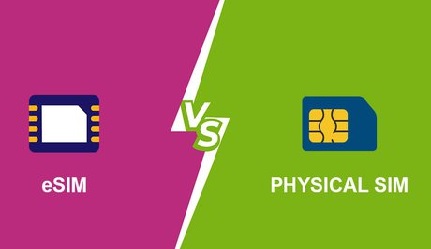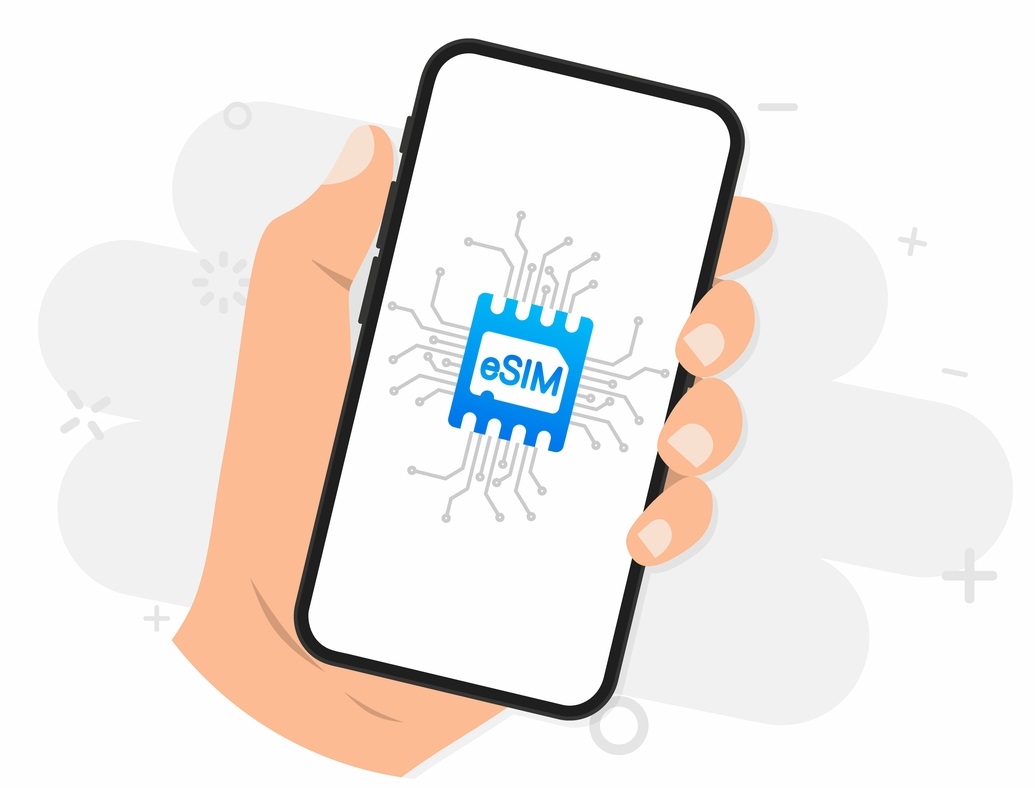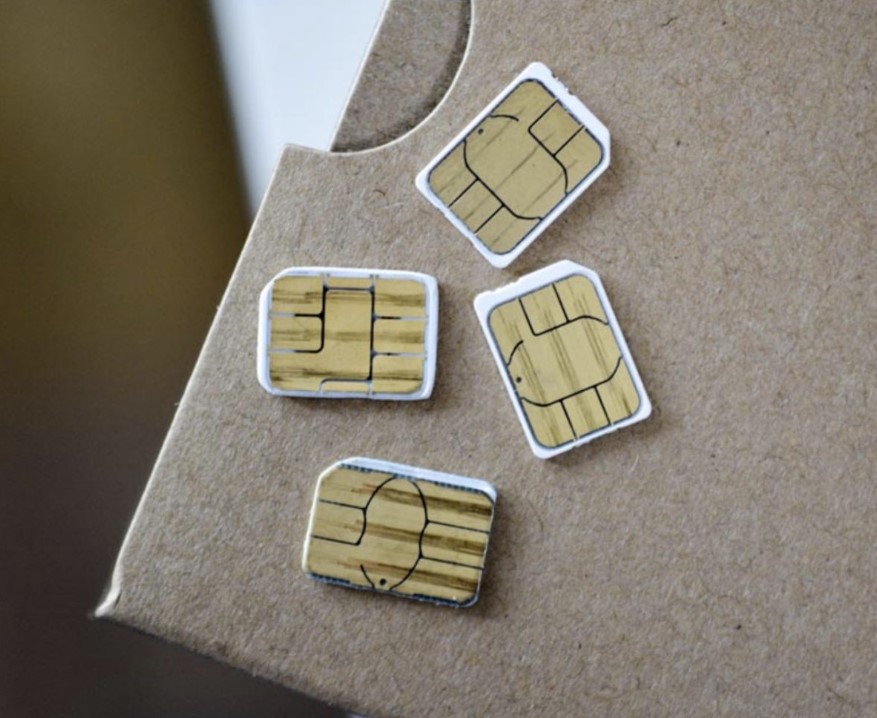
eSIM vs Physical SIM

In the era of mobile technology, smartphones have become an essential part of our daily lives. The rise of eSIMs has introduced a new option for mobile connectivity, which has given rise to the debate of eSIM vs Physical SIM.
While both offer similar functionality, they differ in their features, advantages, and disadvantages. In this article, we will discuss the differences between eSIM and Physical SIM, their benefits, drawbacks, and which one is the best option for you.
As technology continues to advance, the traditional physical SIM card is no longer the only option for connecting to a mobile network. eSIMs, or embedded SIM cards, have emerged as a new alternative. Let’s take a closer look at both options to help you decide which one is right for you.
What is Physical SIM?
A physical SIM, short for Subscriber Identity Module, is a small plastic card that contains a unique identification number and allows your phone to connect to a mobile network. It works by storing the subscriber’s information, such as phone number, network authorization, and security keys.
To use a physical SIM, you simply insert it into the SIM card slot on your phone, and the phone will recognize it as the default SIM. You can then make calls, send messages, and use mobile data through the carrier associated with that SIM card.
What is an eSIM?
 An eSIM, or embedded SIM, is a digital SIM card that is built into a device and can be programmed with the necessary carrier information to connect to a mobile network. Unlike physical SIMs, eSIMs are not removable and are designed to be programmed remotely.
An eSIM, or embedded SIM, is a digital SIM card that is built into a device and can be programmed with the necessary carrier information to connect to a mobile network. Unlike physical SIMs, eSIMs are not removable and are designed to be programmed remotely.
To activate an eSIM, you will need to obtain an activation code from your carrier or purchase a new device with an eSIM already activated. Once you have the code, you can scan it with your phone’s camera to activate the eSIM. This process can also be done through an app provided by the carrier.
How do eSIMs work?
Activation Process:
To activate an eSIM, you must first obtain an activation code from a carrier or purchase a device with an eSIM already activated. Once you have the code, you can scan it with your phone’s camera, and the eSIM will be activated on your device.
Carrier Compatibility:
Not all carriers support eSIMs, and some may require specific plans to use an eSIM. It’s important to check with your carrier to ensure that they support eSIMs and that your plan is compatible with this technology.
Advantages of eSIMs:
1. Dual Sim Functionality:
With an eSIM, you can have two separate phone numbers on the same device, allowing you to use two different carriers or phone numbers simultaneously.
2. Remote Activation:
eSIMs can be activated remotely, which means you can switch carriers or plans without physically changing the SIM card.
3. Easy to Switch Carriers:
You can easily switch carriers by scanning a new activation code or using an app provided by the carrier.
4. No Need to Carry Physical SIM Card:
Since eSIMs are built into the device, there is no need to carry a physical SIM card, making it easier to switch between devices.
Disadvantages of eSIMs:
1. Limited Carrier Support:
Not all carriers support eSIMs, so you may be limited in your carrier options.
2. Compatibility Issues with Older Devices:
eSIMs are not supported by older devices, so you may need to purchase a new device to use this technology.
3. Not Widely Available:
eSIMs are still a relatively new technology and are not yet widely available in all countries.
Advantages of Physical SIMs:
 1. Widely Available:
1. Widely Available:
Physical SIMs are widely available from a variety of carriers and can be purchased at retail stores or online.
2. Compatible with Most Devices:
Physical SIMs are compatible with most devices, including older models.
3. No Activation Process Required:
You can simply insert a physical SIM card into your device and start using it right away.
4. No Dependency on Smartphone:
Physical SIMs do not depend on your smartphone or device to function, making it easier to use with other devices.
Disadvantages of Physical SIMs:
1. Limited Dual Sim Functionality:
Most devices that support physical SIMs only have one SIM card slot, which means you can only use one phone number at a time.
2. Risk of Losing or Damaging the Card:
Physical SIM cards can be lost or damaged, which means you may need to replace them if they are lost or damaged.
3. Requires Physical Swapping:
If you want to switch carriers with a physical SIM, you will need to physically swap out the SIM card, which can be inconvenient if you need to switch carriers frequently.
eSIM vs Physical SIM Choosing the right one Which is Right for You?

Deciding whether to use an eSIM or physical SIM card depends on a variety of factors, including:
Frequency of Travel
If you travel frequently and need to switch between carriers, an eSIM may be more convenient.
Number of Devices:
If you have multiple devices that require a SIM card, a physical SIM card may be more cost-effective.
Carrier Availability
If your preferred carrier doesn’t support eSIMs, you may need to use a physical SIM card.
Device Compatibility
If you have an older device that isn’t compatible with eSIMs, you may need to use a physical SIM card.
Frequently Asked Questions:
What is the difference between eSIM and Physical SIM?
eSIM is an embedded SIM that is built into the device, while Physical SIM is a removable card that is inserted into the device.
How do I know if my device supports eSIM?
You can check the device specifications or consult with the manufacturer or carrier to know if your device supports eSIM.
Can I use eSIM and Physical SIM together?
Yes, some devices support both eSIM and Physical SIM, allowing
Can I switch between carriers with eSIM?
Yes, eSIM allows you to switch carriers without physically changing the SIM card.
Is eSIM more secure than Physical SIM?
eSIM and Physical SIM offer similar security features, but eSIM is less prone to physical tampering or theft since it is embedded within the device.
Conclusion:
In conclusion, choosing between eSIM and Physical SIM depends on individual preferences and requirements. While eSIM offers the convenience of dual SIM functionality, remote activation, and easy carrier switching, it is limited by the availability of carrier support and compatibility issues with older devices. On the other hand, Physical SIM offers wider compatibility, no activation process, and no dependency on smartphones, but it requires physical swapping and has limited dual SIM functionality.
Before making a decision, consider factors such as the frequency of travel, the number of devices, carrier availability, and device compatibility. Consult with your carrier and device manufacturer to determine which option best suits your needs. In the end, it comes down to what works best for you – eSIM vs Physical SIM: Which Is Right for You?
visit EXCEED ICT to learn more about eSIM and see how we can help you grow your business. From onboarding and training users to implementing the right security measures, EXCEED ICT can help you get the most out of your mobile devices. Visit our website today to learn more!
Stay connected with EXCEED ICT by joining our social networks (at footer). Get the latest updates, news, and tips for enterprise device deployment. Follow us on Twitter, Facebook, and LinkedIn for the best enterprise device deployment solutions.
Help us to improve our enterprise device deployment solutions by rating us on Google Maps. Your feedback and comments are valuable to us and will be used to make our services even better.



 1. Widely Available:
1. Widely Available: